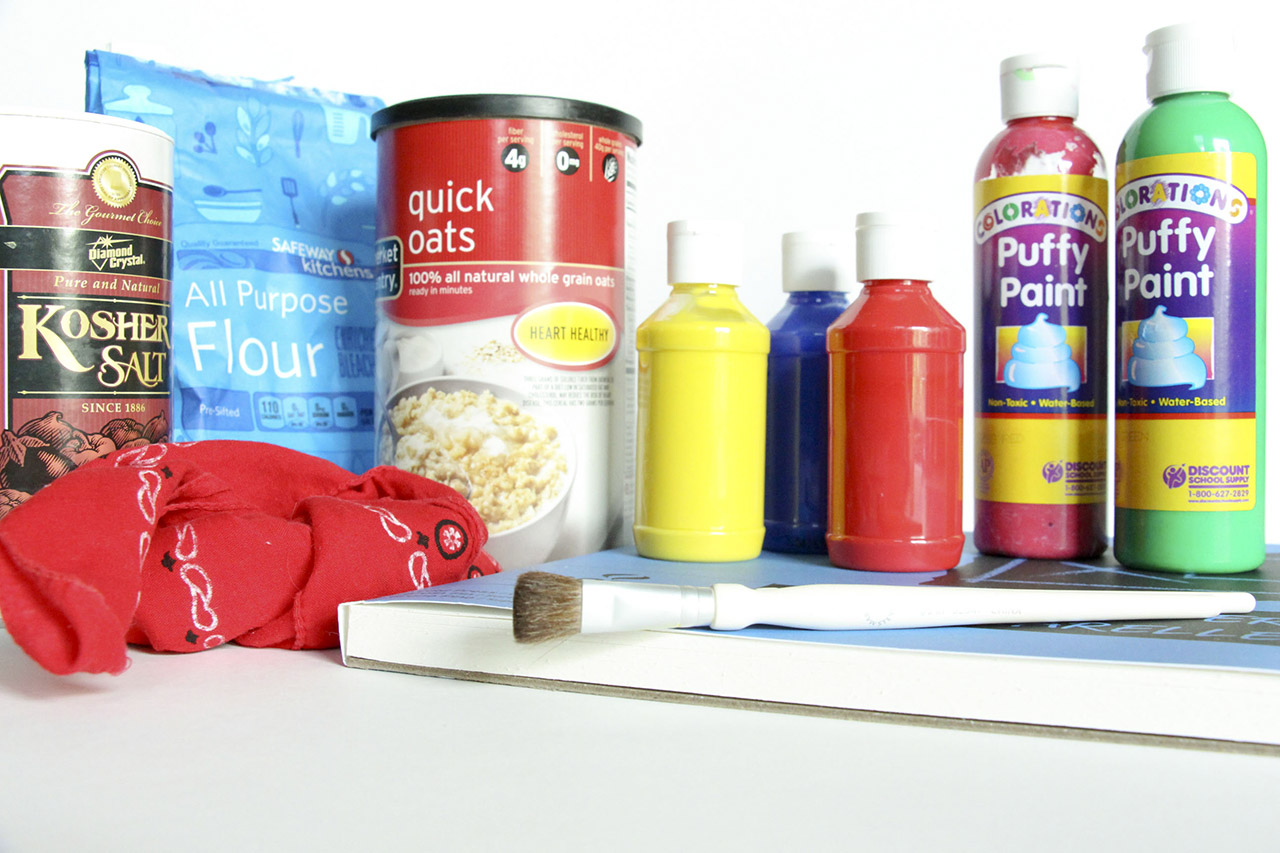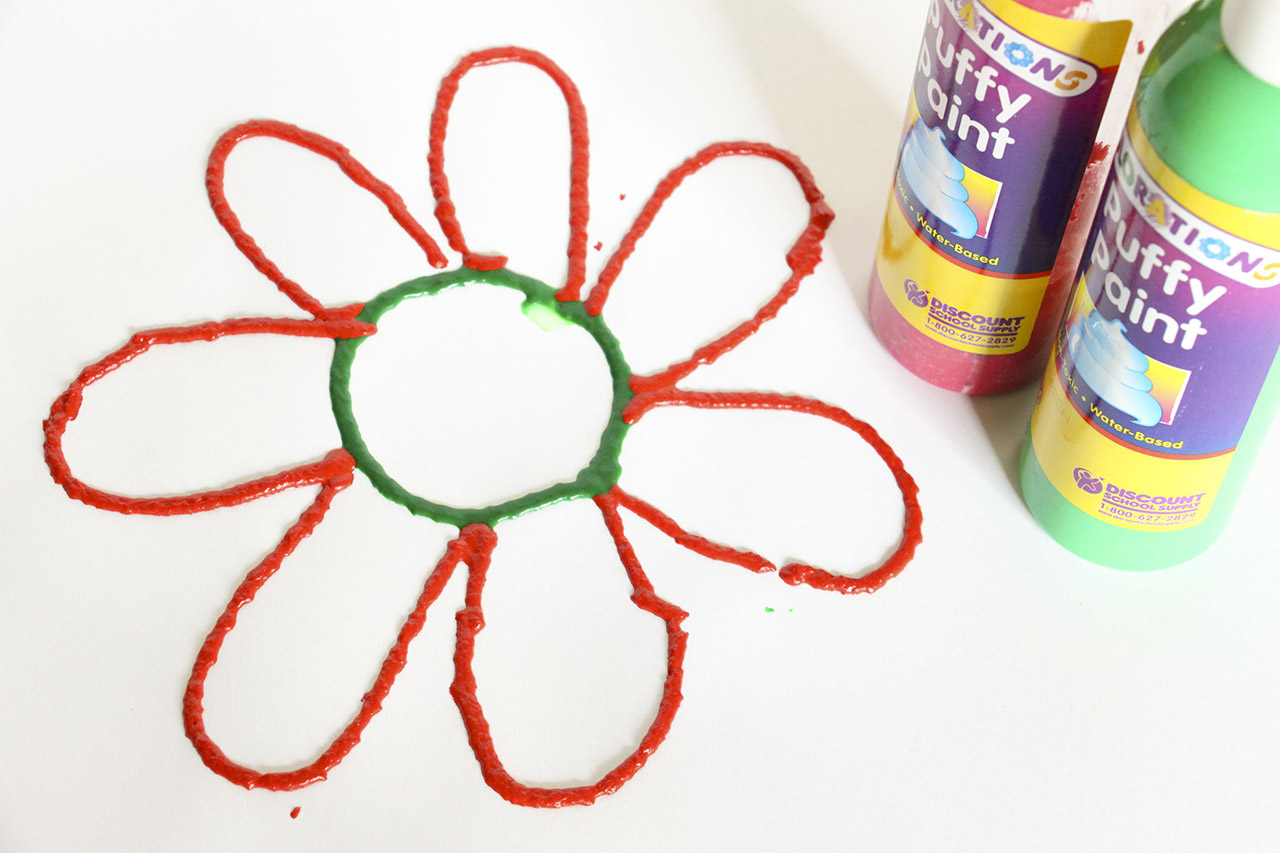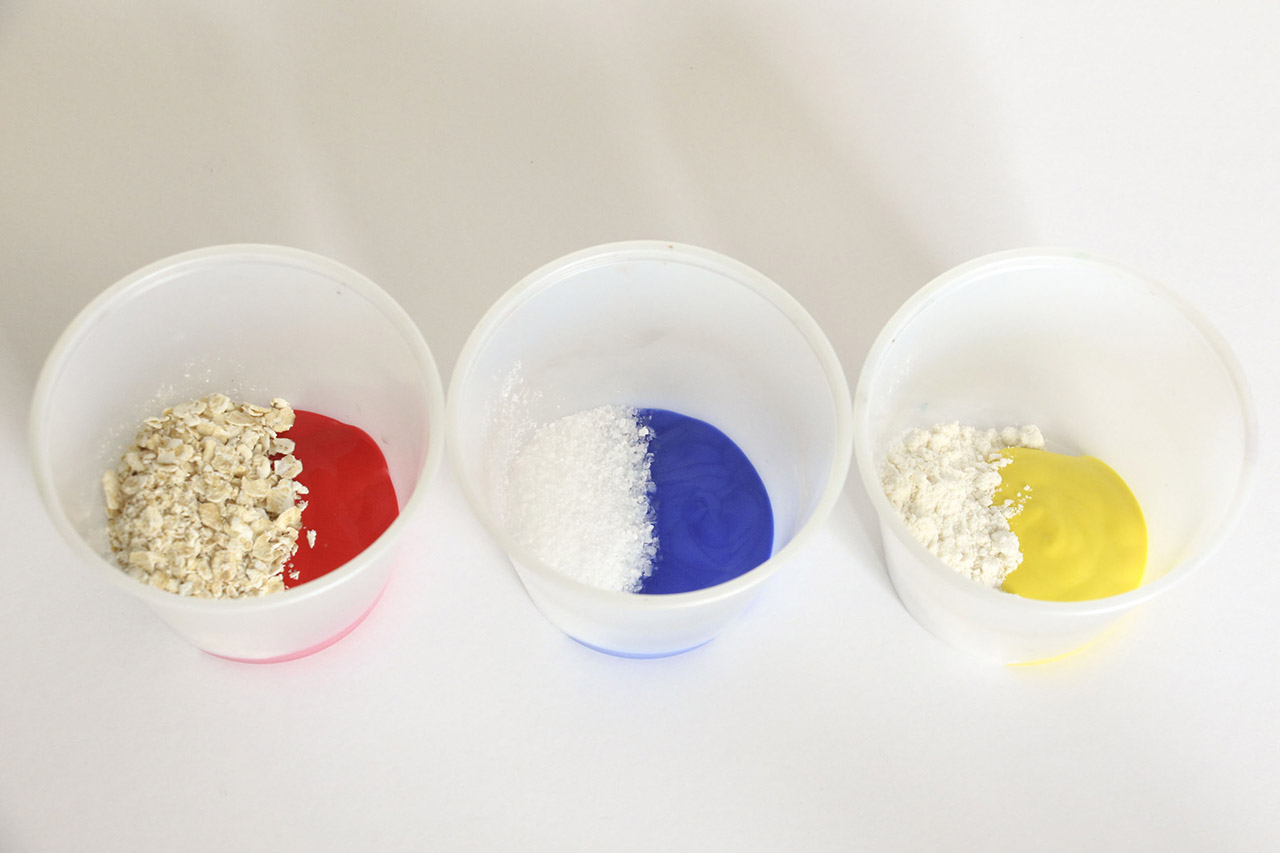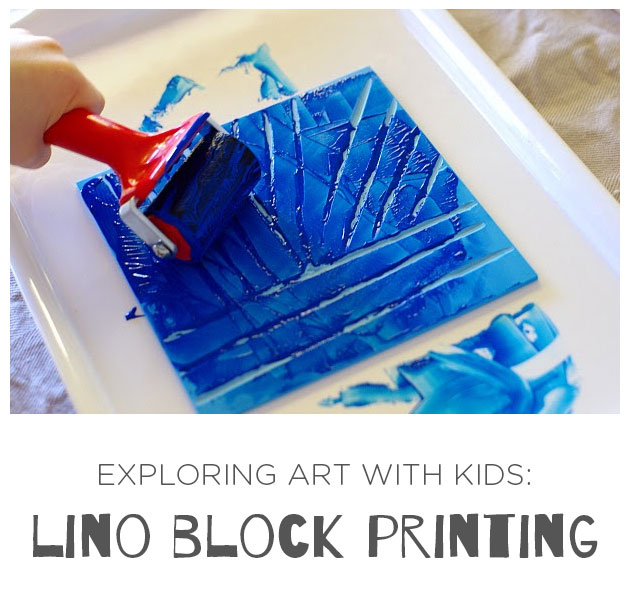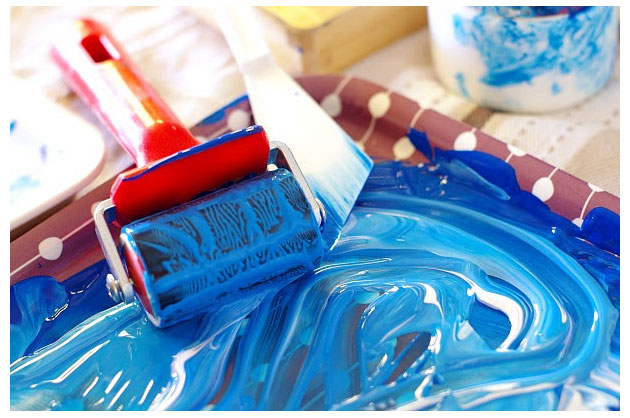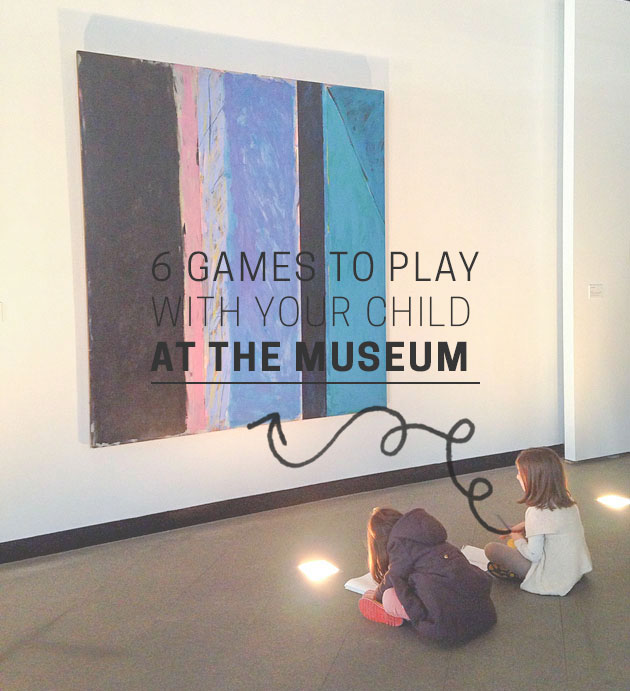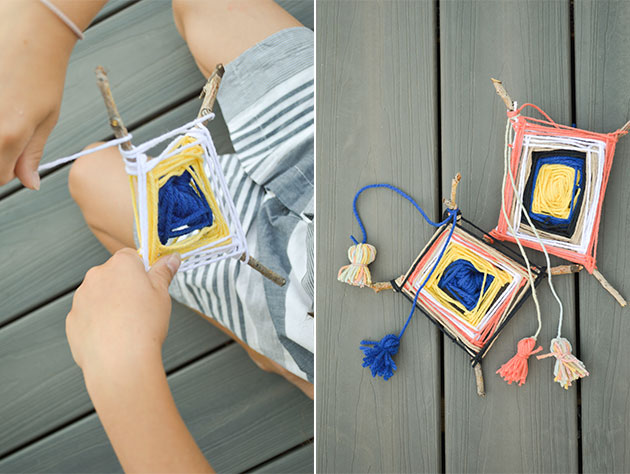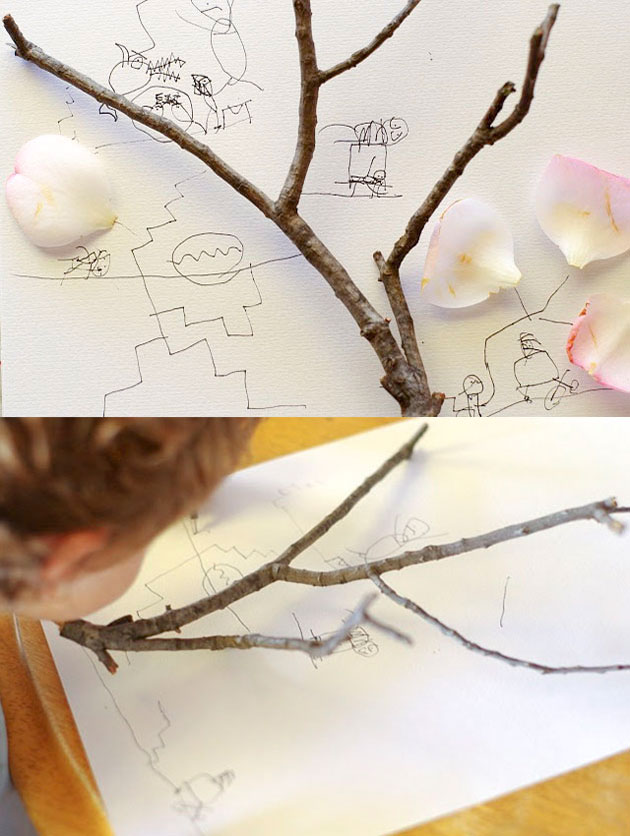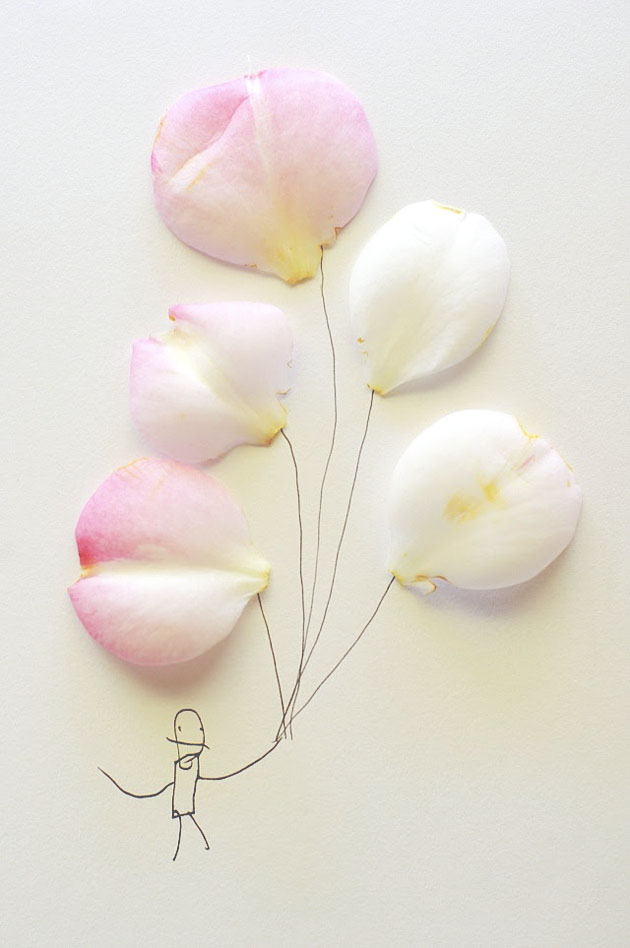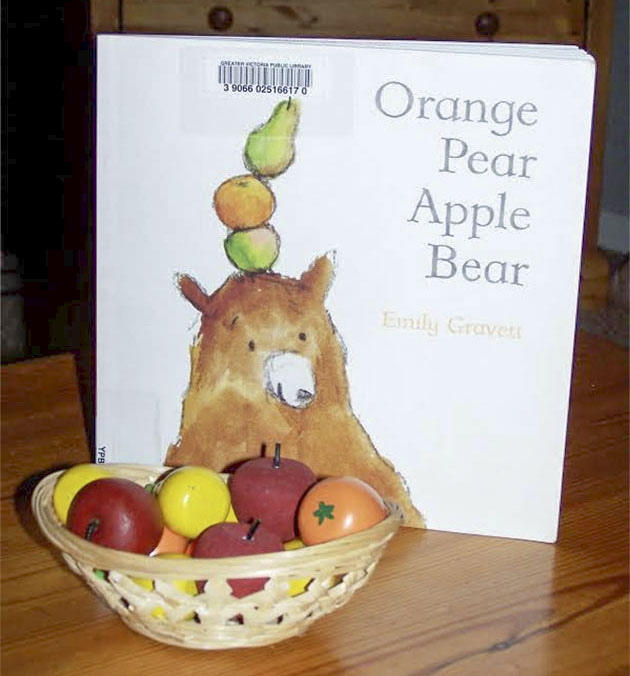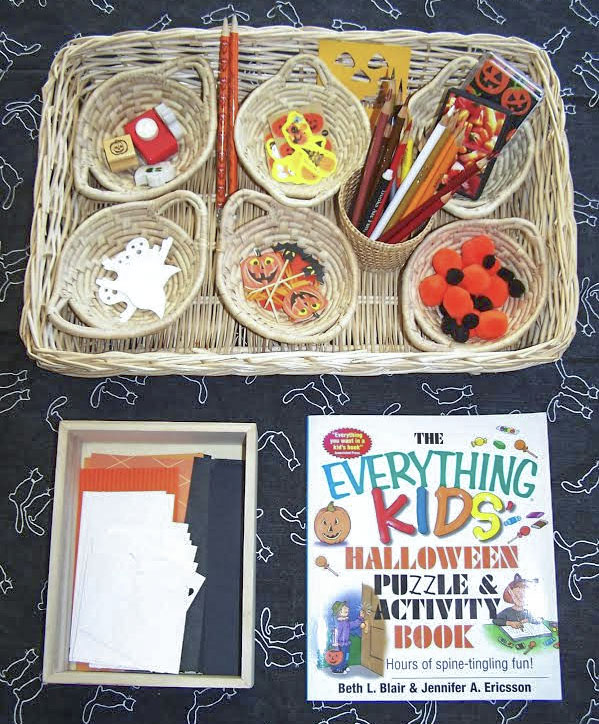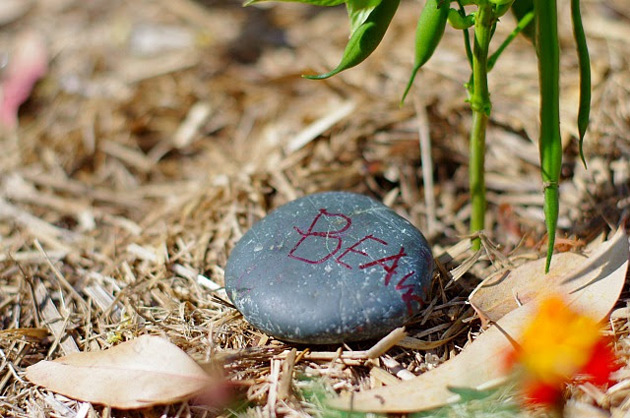Sense-sational Painting
I still remember the day I got my first pair of eyeglasses. I was in third grade and really nervous about my classmates making fun of my new accessory. But as we drove from the optometrist’s office back to school, I was also amazed that I could see the individual leaves on the trees! I had never realized that you were supposed to be able to see leaves and not just a blob of green when you looked at a tree. I have been grateful for my vision (even though it’s certainly not perfect) ever since.
October is Art Beyond Sight Awareness month—a time for museums, schools, and other community organizations to come together to raise awareness for making the arts and culture more accessible to those with no vision or low vision. It’s also a perfect time to help our children be more aware of the fact that we all experience the world in different ways and to challenge them to think more deeply about how they use their senses every day. What might you notice if you made a list of all the sounds you hear at home? Or all the smells you smell at the park?
Art-making is an especially rich opportunity to experiment with the senses, and sensory painting is one of my all-time favorite projects because of its immediate tactile qualities. Are you ready to use your senses?
Materials:
- Paper
- Puff paint
- Tempera or acrylic paint
- Paintbrush
- Sensory mix-ins for the paint: salt, flour, oats, birdseed, sand, etc.
- Blindfold
The challenge for your child (and you!) is to create a painting without using your sense of sight. Just like those who are blind may use the Braille alphabet to read, tactile pictures allow those with vision impairment to feel the different contours, shading, and subtleties of visual images. {For a fabulous example, check out Art & The Alphabet: A Tactile Experience by Ileana Sanchez Santiago and Rebecca McGinnis.}
To begin your sensory painting, use puff paint to create a raised line drawing on your paper. The puff paint is like a stand-in for your pencil, creating lines that pop off the page that you will be able to feel. As you draw, you may want to choose simple shapes or familiar objects with minimal details. Make as many pictures as you like and allow the paint to dry. Once the paint has dried, you and your child can play a quick guessing game to see how well your fingers can “read” the drawings. Select a drawing and challenge your child to use only their sense of touch (eyes closed!) to determine which picture has been drawn on the paper.
Now it’s time to get messy! Artists with vision impairment often depend on the texture of their materials to distinguish different colors or shades—white paint may feel thick, while black paint feels runny and slippery. Create your own tactile paint palette by mixing common kitchen ingredients into each color of paint to create unique textures for each one. For example, you can mix oats into red paint, salt into blue paint, and flour into yellow paint.
Put on the blindfold, and you are ready to paint! Spend a few minutes simply exploring the paint, learning the textures for each color. Can you tell which color is which using your sense of touch? Once you are comfortable with the feel of the paint, try painting one of the raised line drawings you created earlier. Younger children may enjoy finger painting, while older children might want to try using a paintbrush. Experiment with mixing new colors of paint based on touch alone. Can you make a shade of green, orange or purple based on how the paints feel when mixed?
Continue experimenting with your sensory paint and see where it takes you. {For a slightly different approach to sensory painting, try this idea from the Casa Maria’s blog.} Once your paintings are dry, explore them again with your sense of touch and talk with your child about what you notice. Not only will you be learning to “see” as others do, but you’ll also create some sense-sational art!

